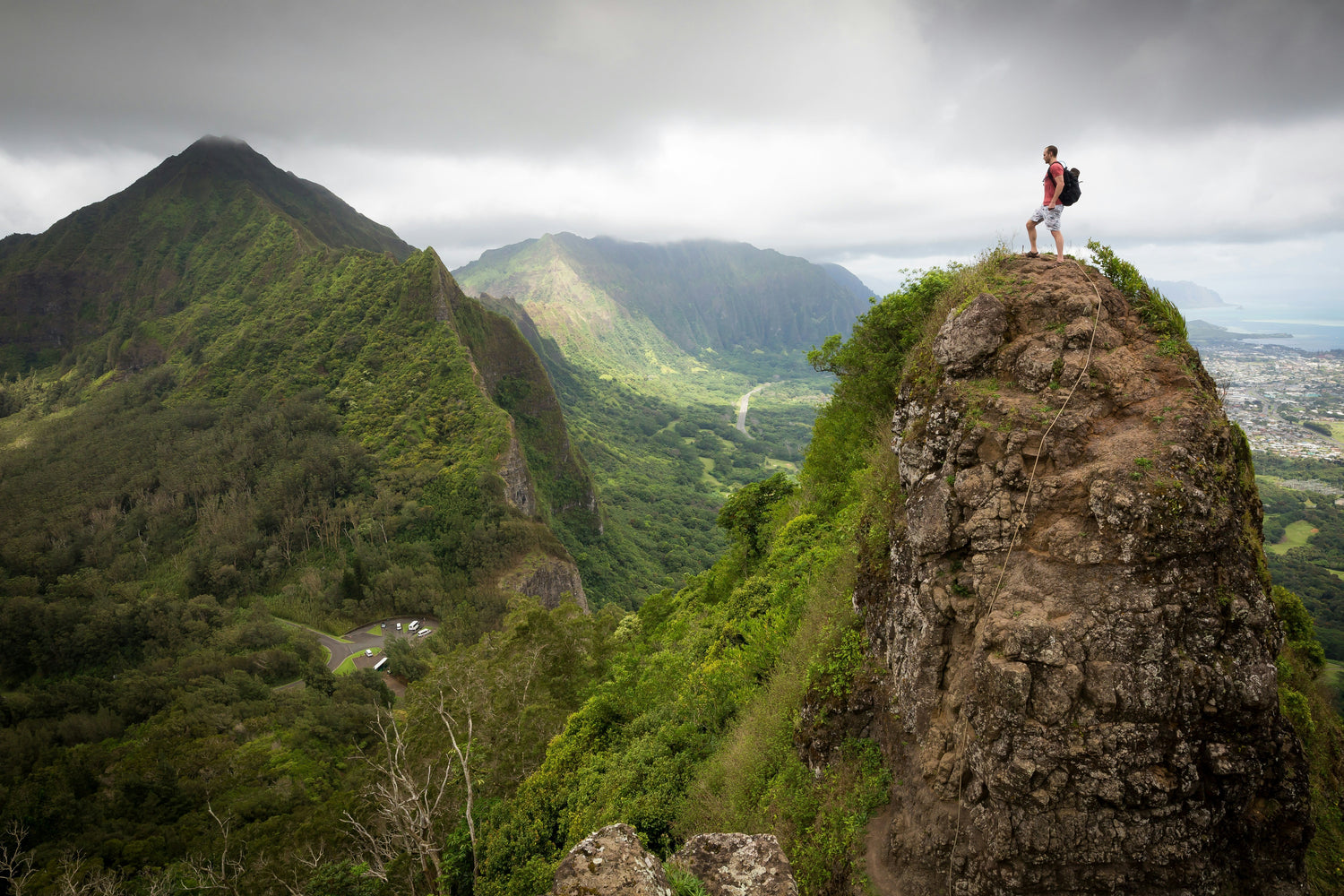The history of hiking accessories reveals a gradual integration of field-tested gear into visual culture. While originally created to assist with navigation, load-bearing, and terrain adaptation, many of these items have become influential in the shaping of practical design across categories well beyond outdoor use.
Backpacks, once defined by external frames and multi-pocket configurations, have been refined into a variety of urban carry options. These evolved forms often retain original elements such as clip closures, webbing, and reinforced panels. Though the materials and color choices may vary, the basic structure continues to influence both outdoor and city-based bag designs.
Trekking poles, frequently equipped with adjustable locking systems and ergonomic handles, maintain a specific function but have also led to design innovations in walking aids, fitness equipment, and compact transport tools. Hydration packs, initially designed for long-distance trails, have informed the layout of newer bags used in cycling, school, and travel, particularly those designed to manage internal storage and hands-free access.
Gaiters and leg covers, associated with weather and debris protection, helped introduce features like zip panels and elastic hem closures into other accessory designs. The same applies to modular belts and strap systems, which allowed for attachment of tools and containers. Their influence can now be seen in items such as utility bags, travel harnesses, and modular storage kits.
Cultural representation of hiking accessories has shifted as well. Once linked strictly to trail environments, they now appear in everyday fashion editorials, museum exhibits, and archival photo references. This presence reflects an enduring interest in structured forms and utility-based design.
The adaptation of these accessories into mainstream use demonstrates the extent to which hiking gear has transcended its original setting. Even when used away from trails, the structured forms, layered compartments, and attachment points contribute to a broader design vocabulary found in accessories for travel, storage, and daily organization. These enduring features continue to reflect the historical influence of hiking gear on how practical accessories are shaped and perceived today.


